Although I’ve traveled throughout much of Japan, I embarrassingly didn’t once set foot in the Tohoku region until a few days ago. That’s where the rail pass, the JR East Pass (Tohoku Area), was of tremendous benefit.
Firstly, let’s define the Tohoku region (in Japanese, 東北 touhoku, meaning northeastern):
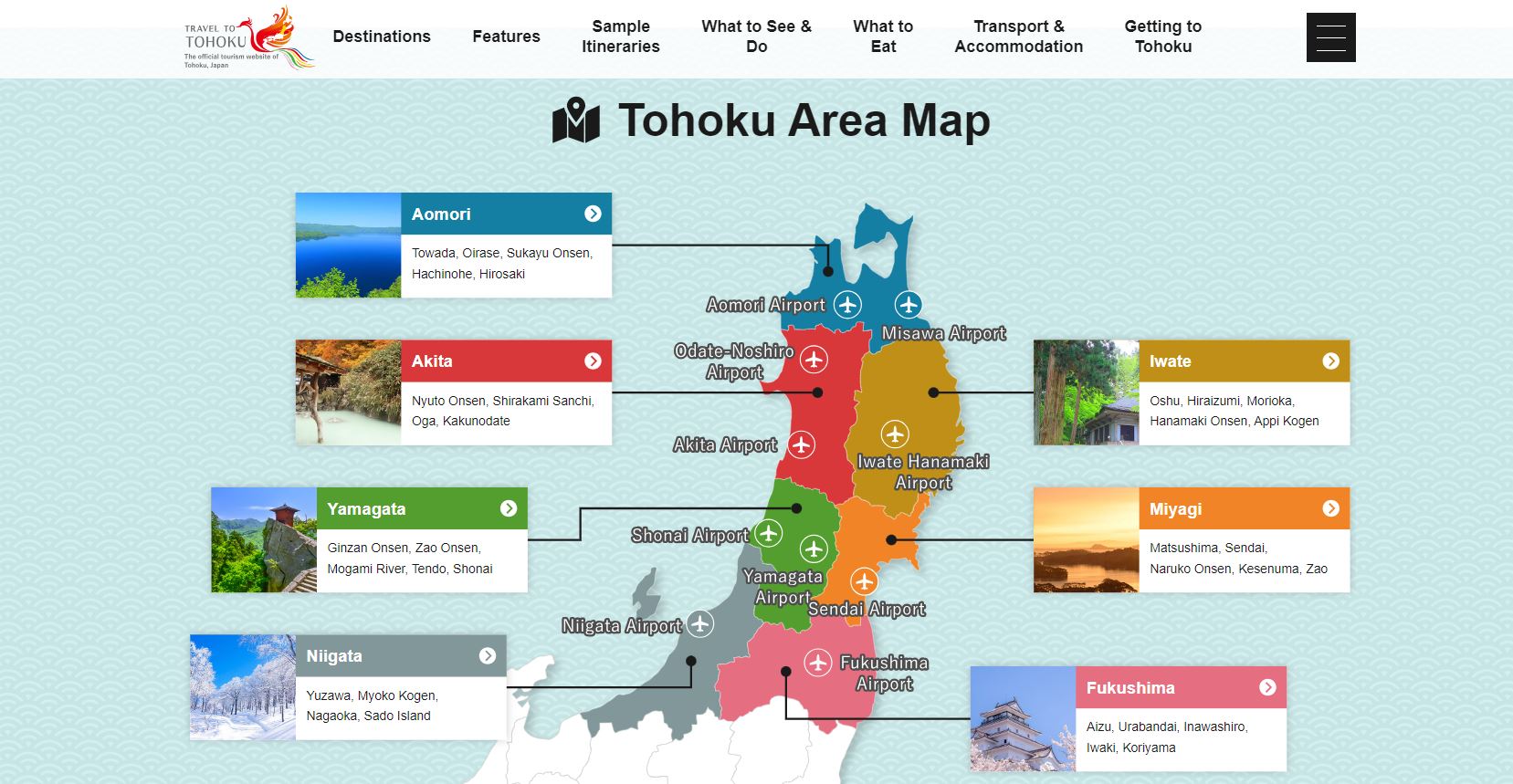
The Tohoku region is generally characterized as (starting from the northernmost prefecture) Aomori, Akita, Iwate, Yamagata, Miyagi, and Fukushima. Niigata prefecture is much more likely to be included in the Hokuriku region, but here we are.
Rail Pass Map
This particular pass does the Tohoku region one better, and adds in Tokyo, Tochigi, Gunma, Kanagawa, Ibaraki, Yamanashi, Chiba, and parts of Nagano (sorry, not here) Niigata, and Shizuoka prefectures, too:
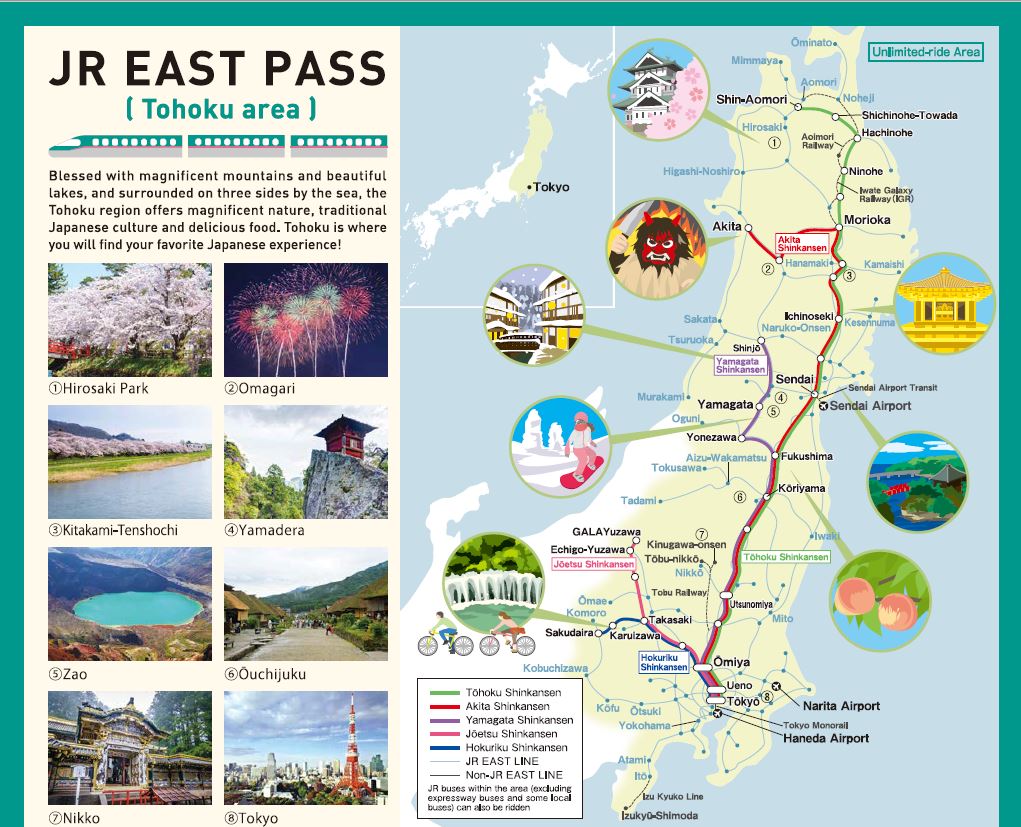
Airports in Tohoku aren’t well-connected with international flights. Sendai, the Tohoku region’s biggest city and busiest train station, is your best shot for an international route. If there are overseas flights, they’re likely to China, Taiwan, Hong Kong, and/or South Korea.
Otherwise, that’s where the Tokyo connection comes in handy. Land in Tokyo Narita or Tokyo Haneda, use the pass to get to Tokyo or Ueno (shinkansen) station, then zip up north.
Who Can Buy It?
For some background on the JR East Pass (Tohoku Area), the most important aspect is that only non-Japanese passport holders can acquire it. In other words, whether you’re a tourist, or a foreign resident of Japan, the pass can be yours.
If you want to buy it online, you can get one at Eki Net (えきねっと; eki 駅 means train station).
Once you get to a train station, scan the resulting QR code and passport on this red-highlighted machine:
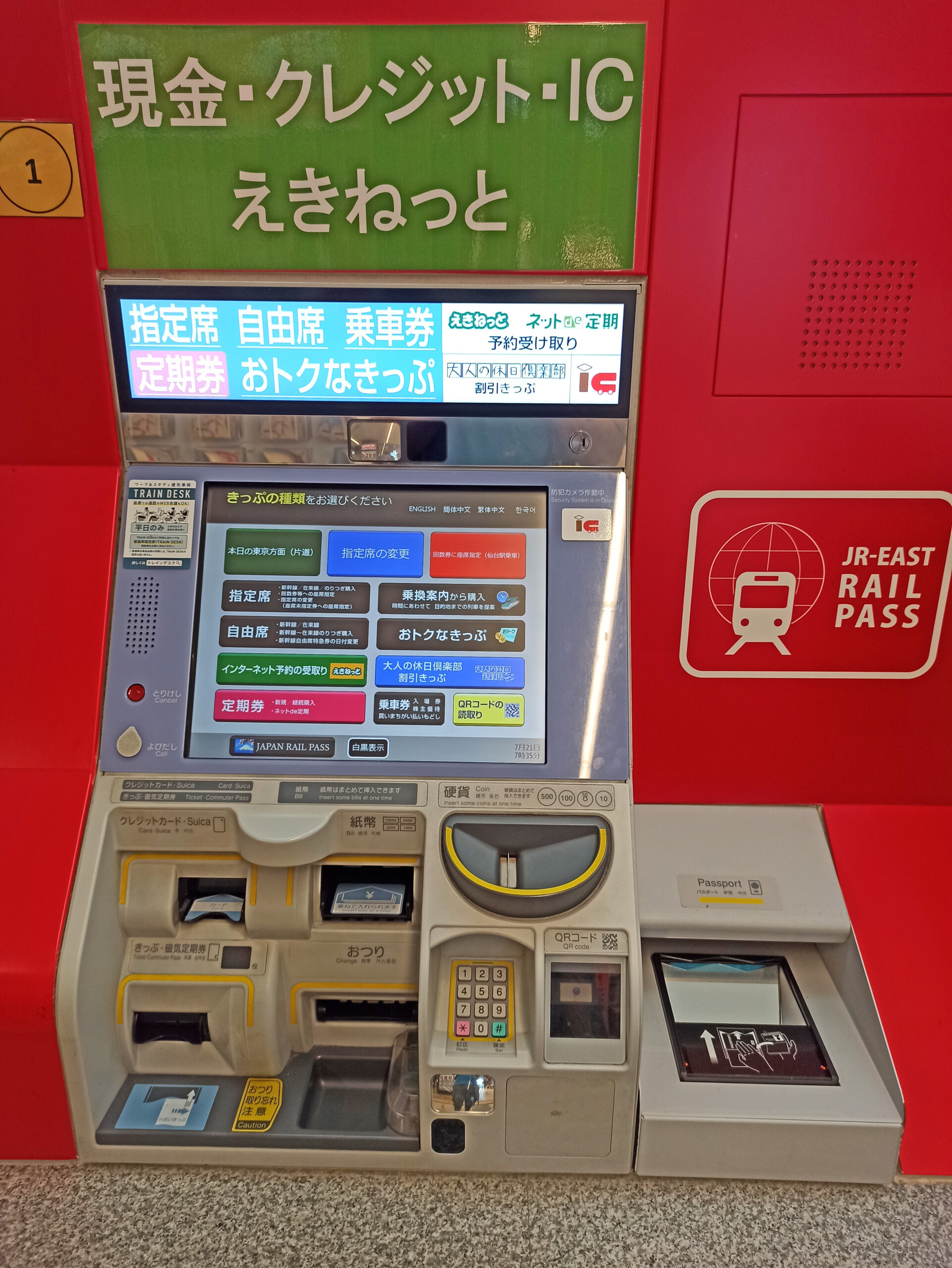
Or, walk into any JR ticket booth to buy a ticket; again, you will need your passport.
Cost and Validity
As of July 2023, it costs ¥20,000, and is valid for five (5) consecutive days (but not 120 hours). Although you’re unlikely to have any issues after midnight on day “six,” just be aware of the validity period.
ETA: Bollocks. Per this japan-guide.com article, the price will be shooting up to ¥30,000, likely around 1 October.
n.b. it’s only really trains in the Tokyo area that are still running after midnight. My last train using the pass arrived after 00:00, but there were no problems.
Rail Pass Discounts
If you have the JR East Pass (Tohoku Area), JR East Pass (Nagano/Niigata Area), or the JR TOKYO Wide Pass, you can get some discounts at restaurants and shops around certain train stations.
The scheme is called &EKINAKA, and you can found out more about the bennies at this official website.
I didn’t personally avail of any offers; a lot of that has to do with A) forgetting about it, and B) being too busy touring Tohoku.
Which Trains Can I Use?
According to the earlier linked JR East Pass page, you can use the following trains (and buses):
- JR East rail lines
- Tokyo Monorail (most helpful between Tokyo Haneda Airport and Hamamatsucho station)
- Izu Kyuko Line (Shizuoka prefecture)
- Aoimori Railway Line (Aomori prefecture)
- Iwate Galaxy Railway (IGR) Line (Iwate prefecture)
- Sendai Airport Transit Line (takes about 25 minutes to Sendai station)
- Reserved seats in ordinary cars of the following express trains with through operations between JR East and Tobu Railway lines: Nikko, Kinugawa, and SPACIA Kinugawa trains.
- You can also use ordinary trains (including rapid trains) on the Tobu Railway lines between Shimo-imaichi and Tobu-Nikko / Kinugawa-onsen.
Between Kurihashi and Shimo-imaichi, you can only use express trains that have through operations with Tobu Railway.n.b. You cannot use express trains that both depart from and terminate at stations on Tobu Railway lines.
You can only use the pass on Tobu Railway lines if the train either departs from or terminates at a JR station. - JR buses in the area (excluding highway and some regular bus routes)
- BRT, or bus rapid transit (Miyagi prefecture).- Bus information can be found here. I didn’t take any buses during the five days, but many points of interest can only be reached by bus or car.
To purchase train tickets on trains requiring seat reservations (e.g. some limited-express trains and some shinkansen/bullet trains), you have a couple of options. You can wait on the typically slow-moving lines at station ticket offices.
Or, you can attempt one of these ticket machines:
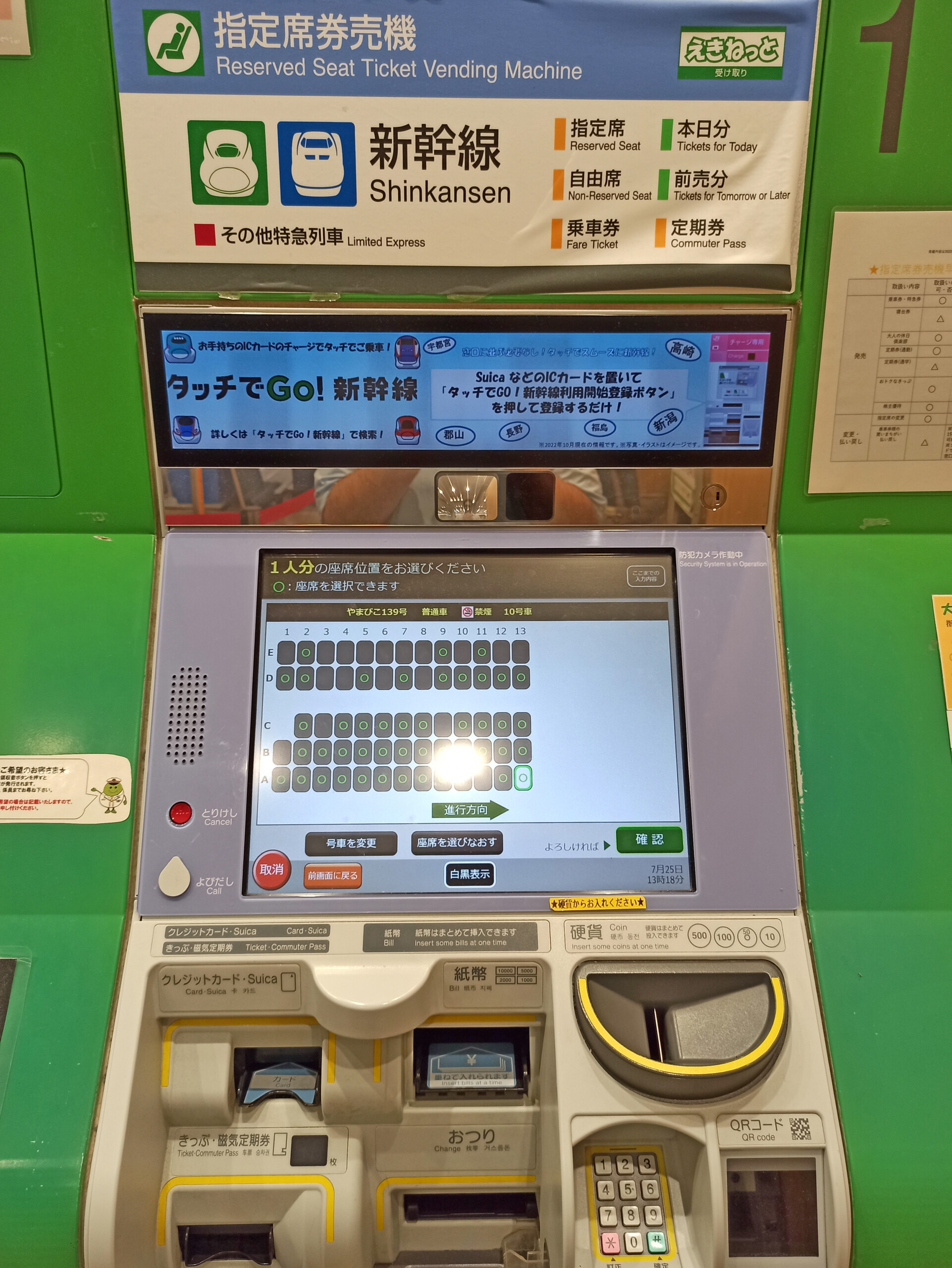
The screen is indeed in Japanese, but that’s what I use to buy tickets. Other written languages offered are English, simplified and traditional Chinese, and Korean.
It’s not the smoothest process in any language; the best advice I can give is to put your pass in the lower left slot first, to eliminate invalid options.
Where Did I Go?

What you might have noticed after looking at the tickets is that they don’t all have English on them. Seems ironic, considering that it’s a train pass for non-Japanese citizens. Not sure if this is going to be changed, but that’s why it helps to confirm the departure and arrival times (and all other pertinent details) while still at the ticket counter/machine.
As for the red ink on the actual pass ticket, the first three times you go through a shinkansen gate, that’s how it’s recorded.
On With the Destinations Already!
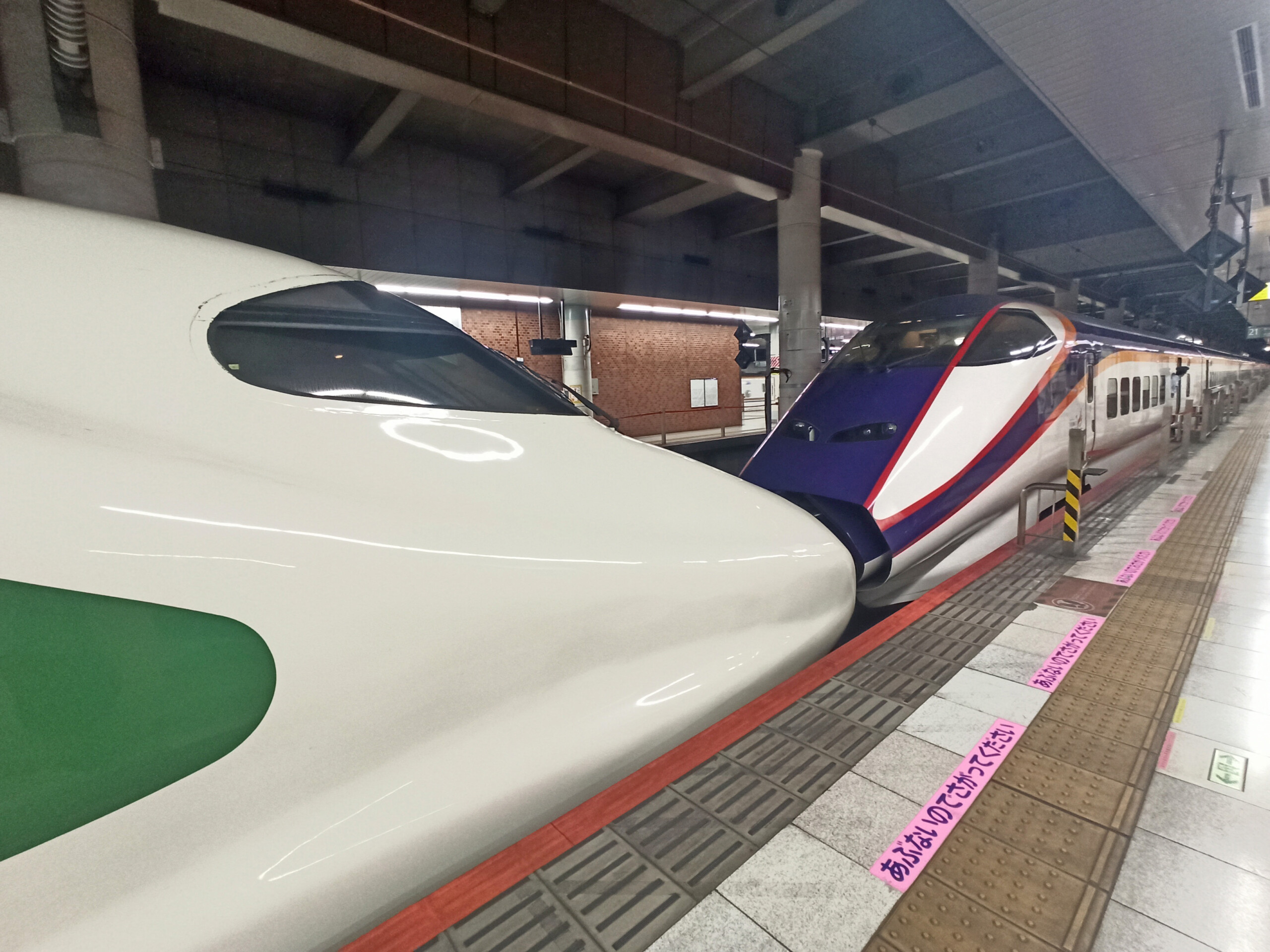
Some of you probably guessed by now that food played a big role in the itinerary development. It did, but I also wanted to visit a couple of naturally beautiful spots, as well as visit one place that’s been on the Japan list for about a decade.
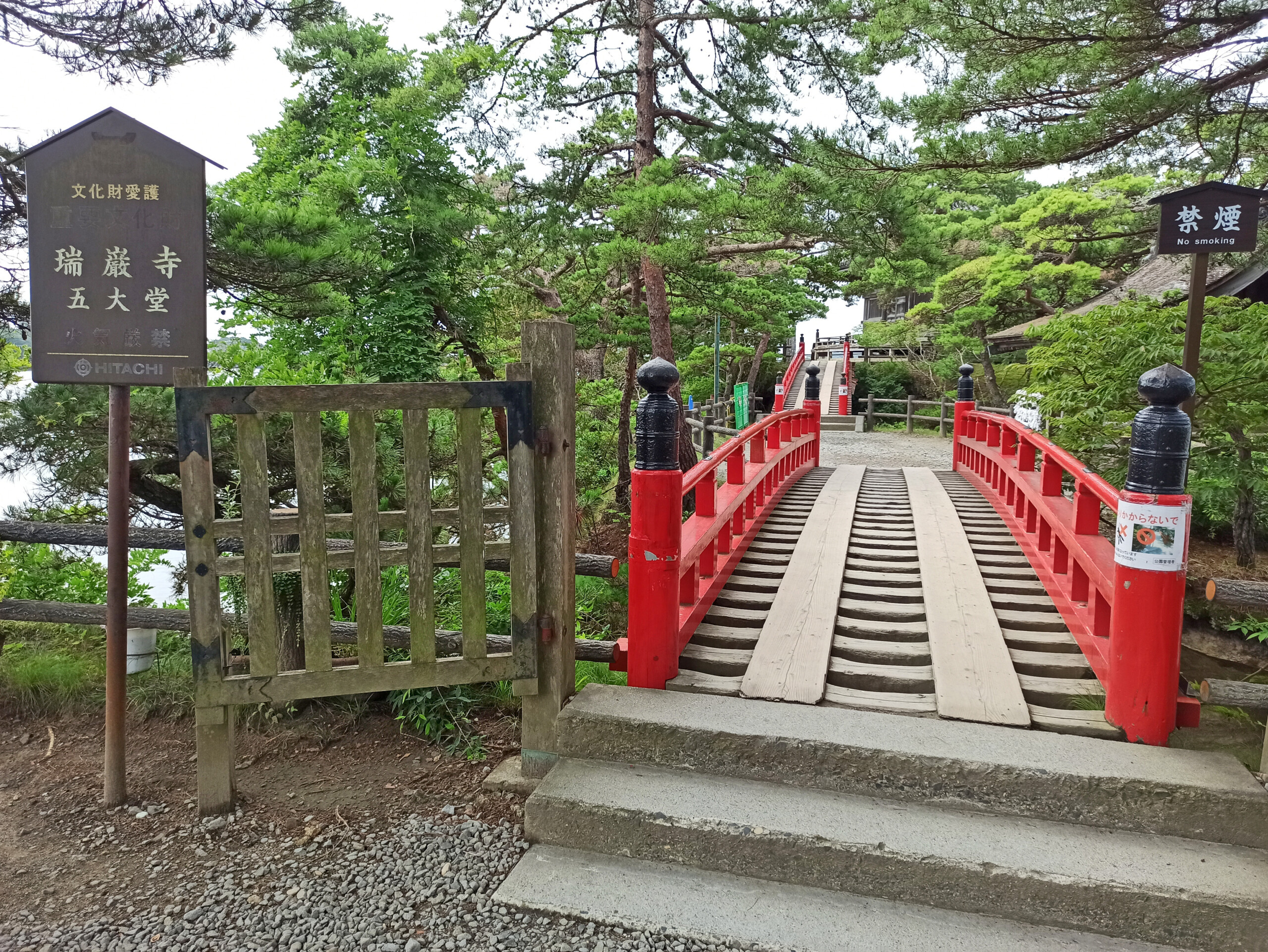
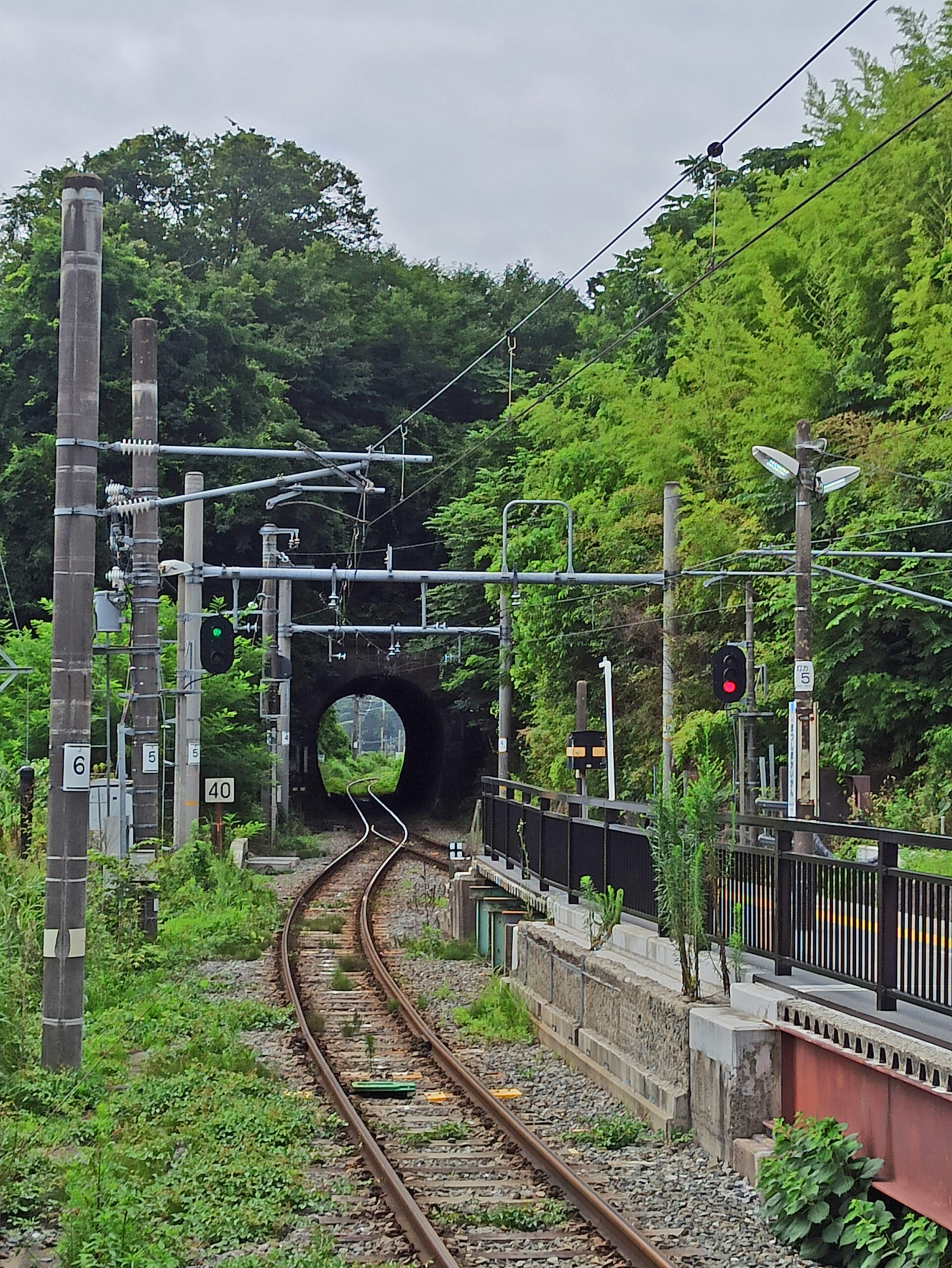
Matsushima, which means “pine island(s),” is renowned in Japan for just that. Take a short cruise around the pine archipelago, or just amble along the coast for some nice views.
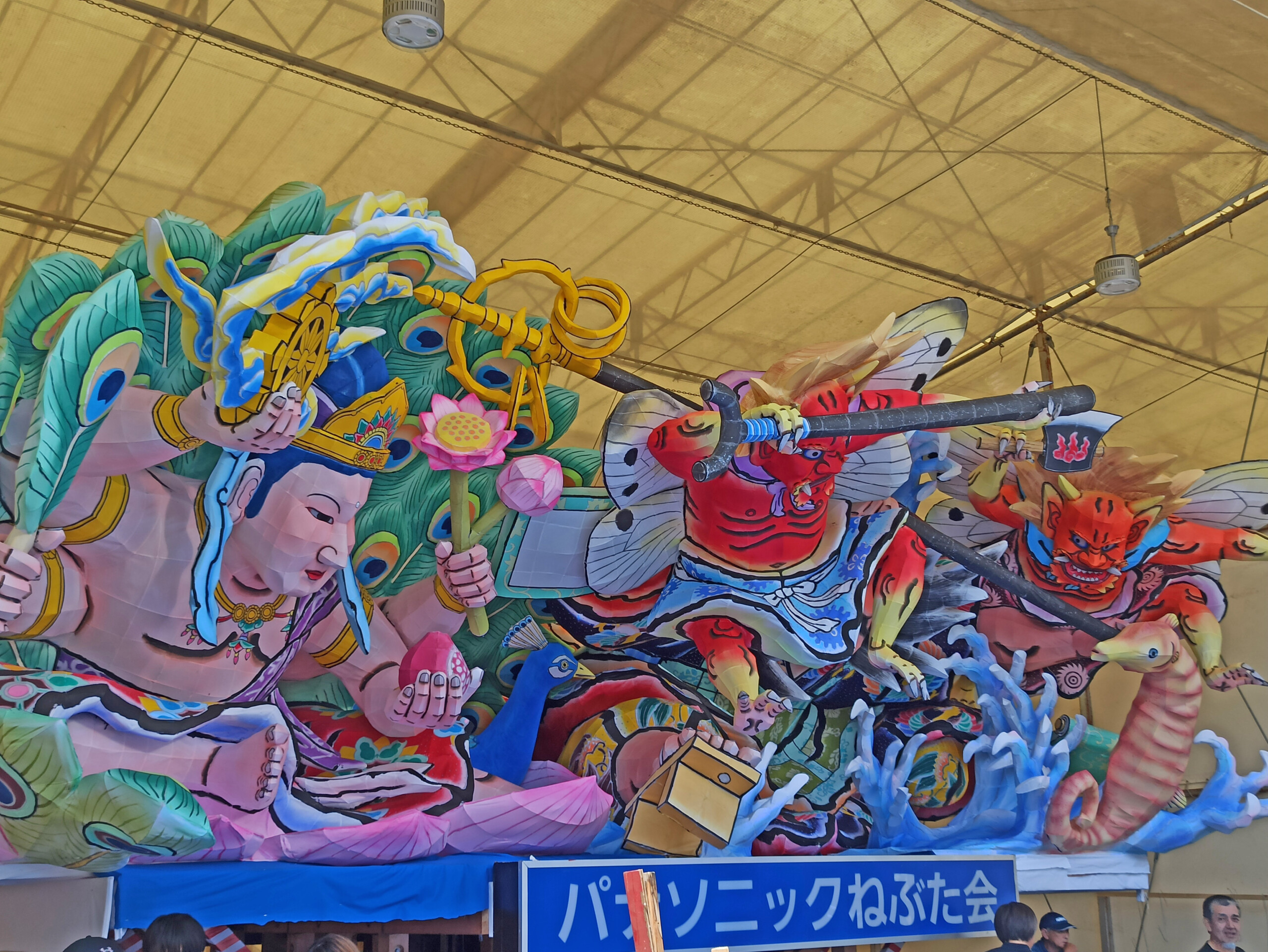
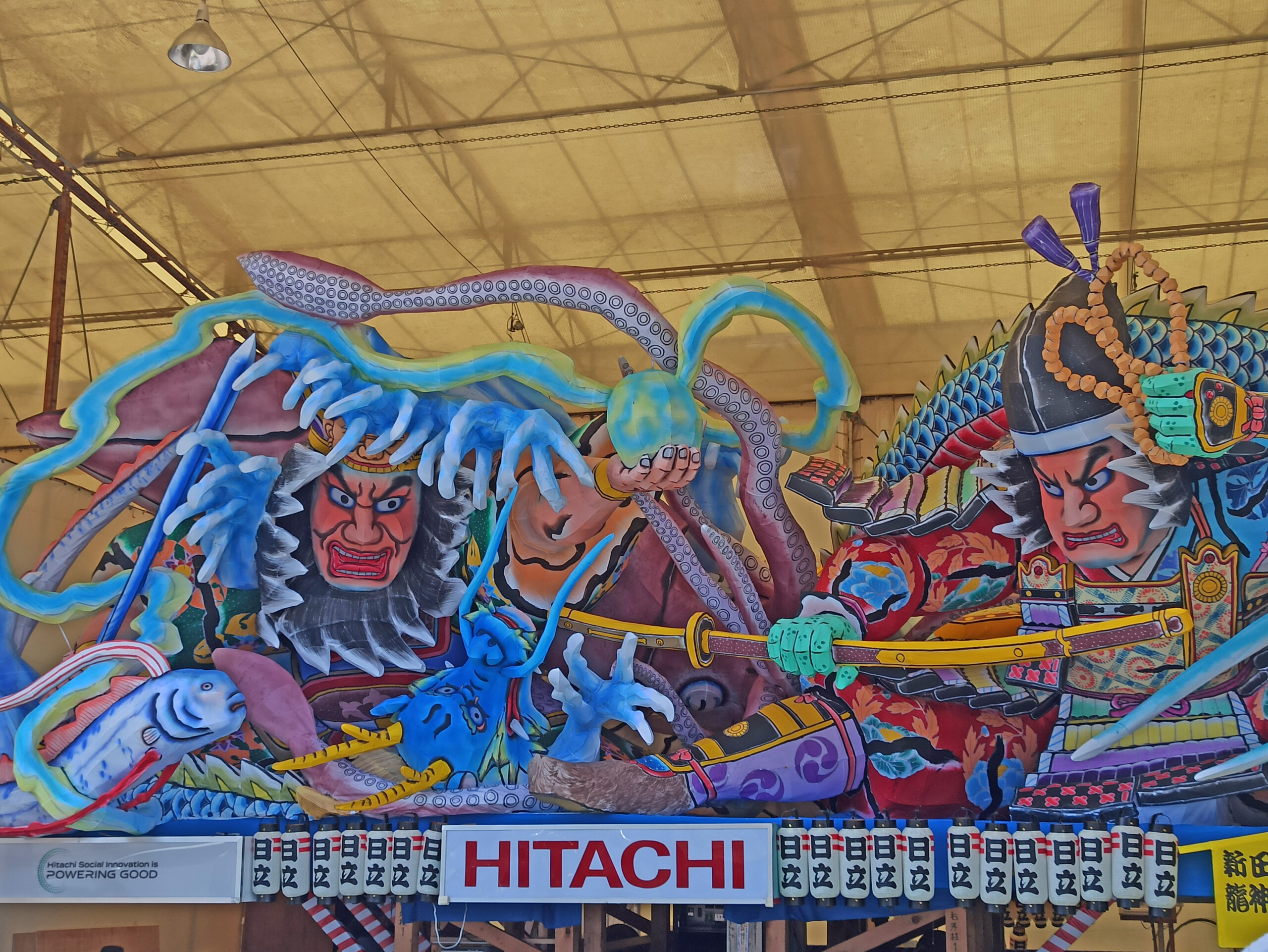
The Nebuta Festival happens every August in Aomori city, Aomori prefecture. Its origins are unknown; some say it has to do with Tanabata, or the “star festival.”
Depicting mythical and historical characters, floats, called nebuta, are carried around downtown Aomori, and accompanied by dancing folks called haneto.
Because it was so close to the start of the festival, there were public previews of the floats being finished.
The Jomon period in Japan happened approximately between 13,000 BCE and 400 CE. There were many different hunter-gatherer tribes during the Jomon era. They were known for digging storage pits, microlithic tools, conducting trade in long houses, and eventually, pottery.
Which brings me to….
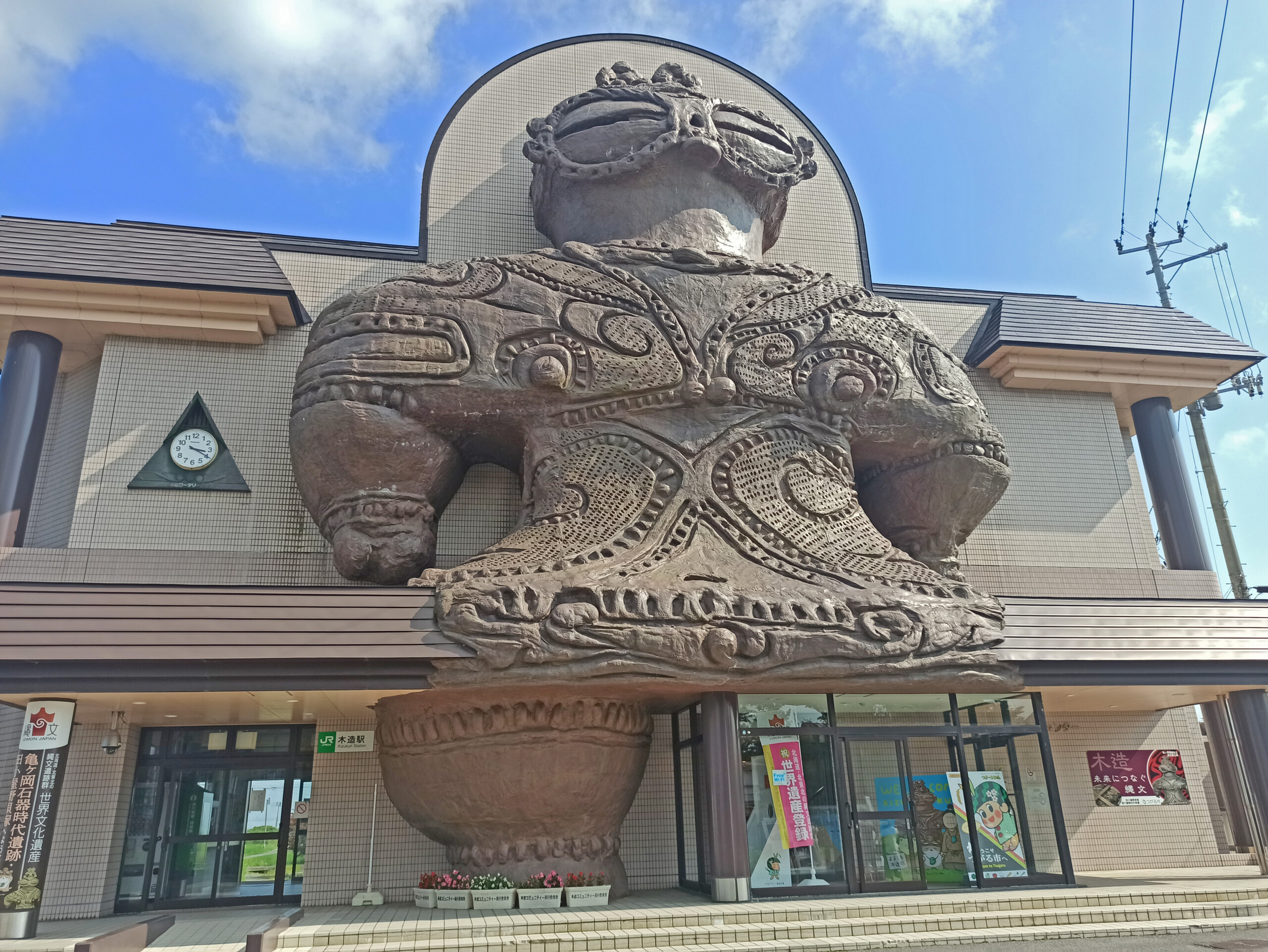
What does that caption even mean?
Shako-chan is the nickname for the doguu mascot of Kizukuri train station. Doguu (土偶) are clay figurines that were representative of late Jomon-era ceramics. The original Shako-chan was discovered at the Kamegaoka archeological site, in Tsugaru city, Aomori prefecture.
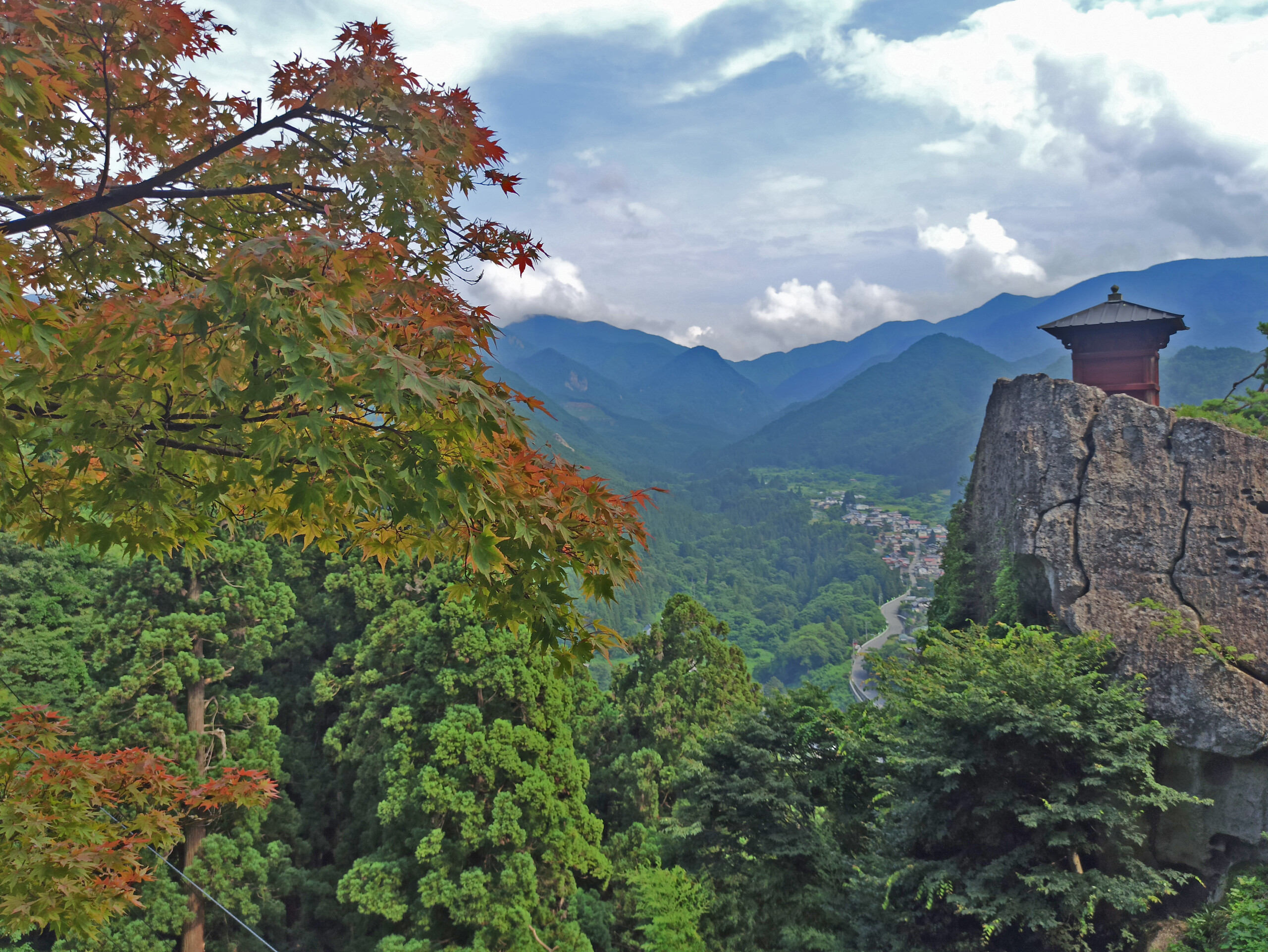
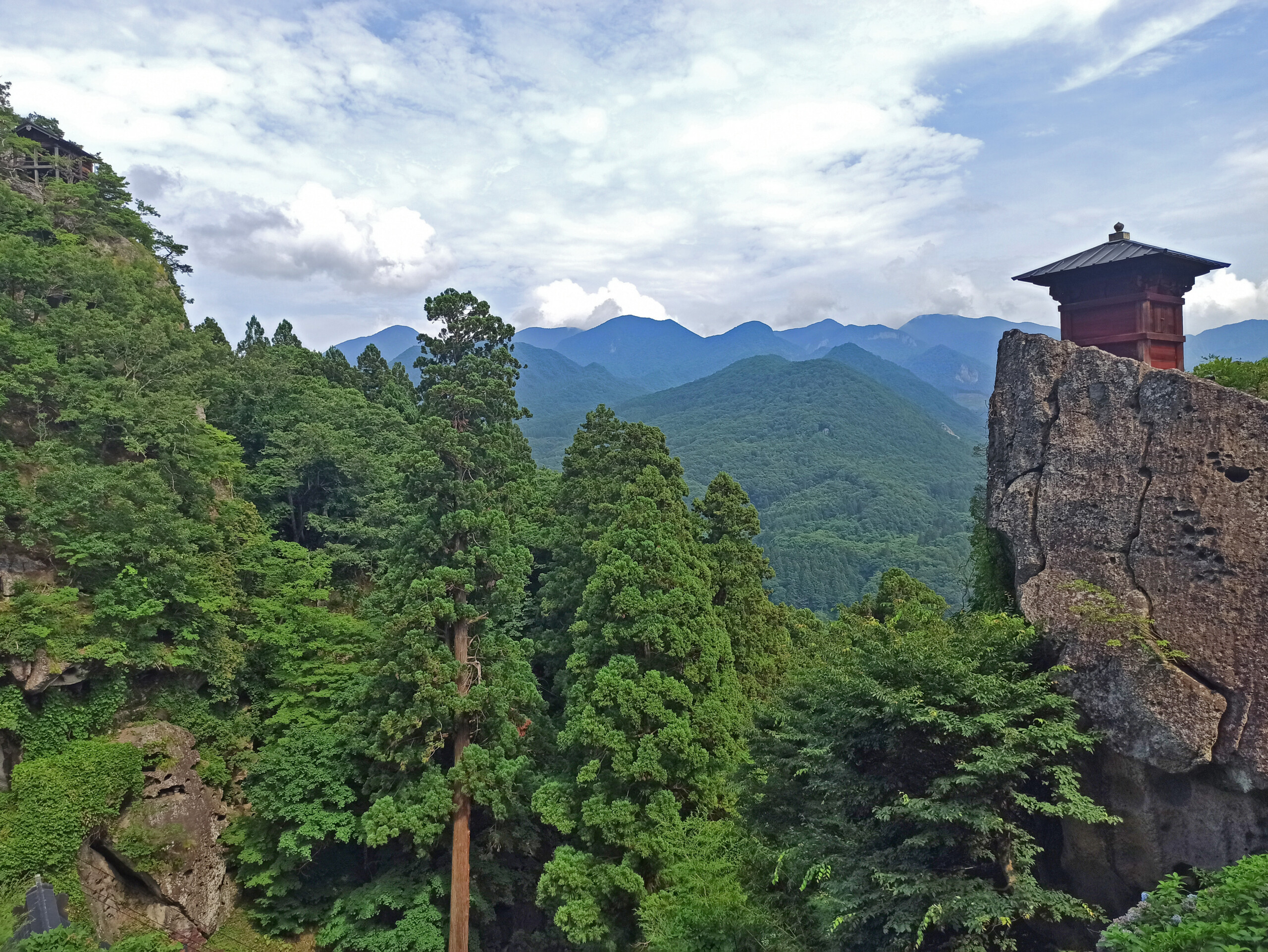
The station is conveniently called Yamadera; it translates as “mountain temple(s).”
It’s a short but step-filled (so many steps) hike up, but oh how I’d like to return in the autumn.
Clean air, beautiful views, good food … Yamadera was a highlight, to be sure.

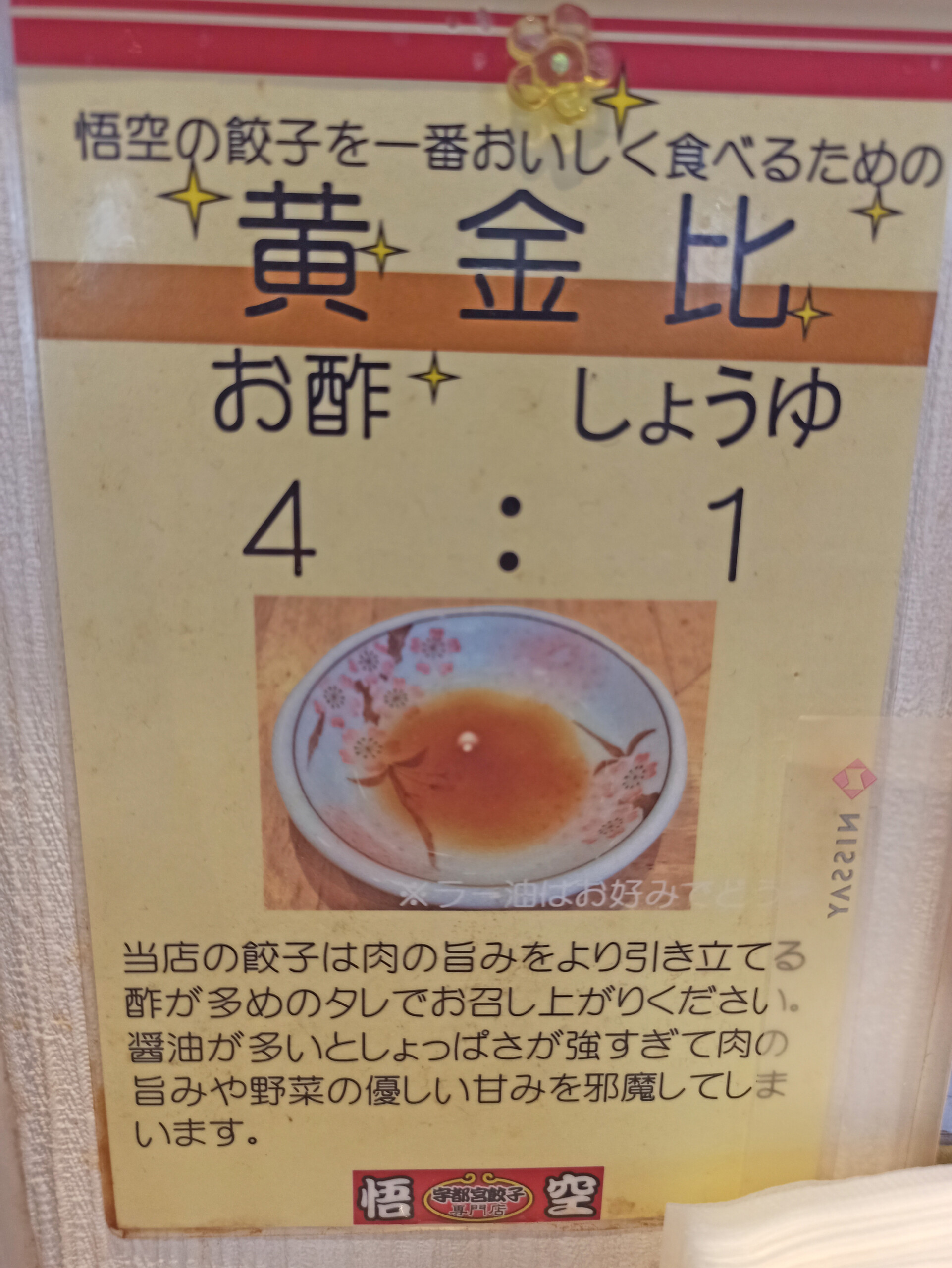
I had been wanting to visit Utsunomiya, capital of Tochigi prefecture, for years. Why? It’s Japan’s most famous place for gyoza, or pan-fried dumplings.
It’s not as if they’re hard to find elsewhere, but hey, I’m a food guy.
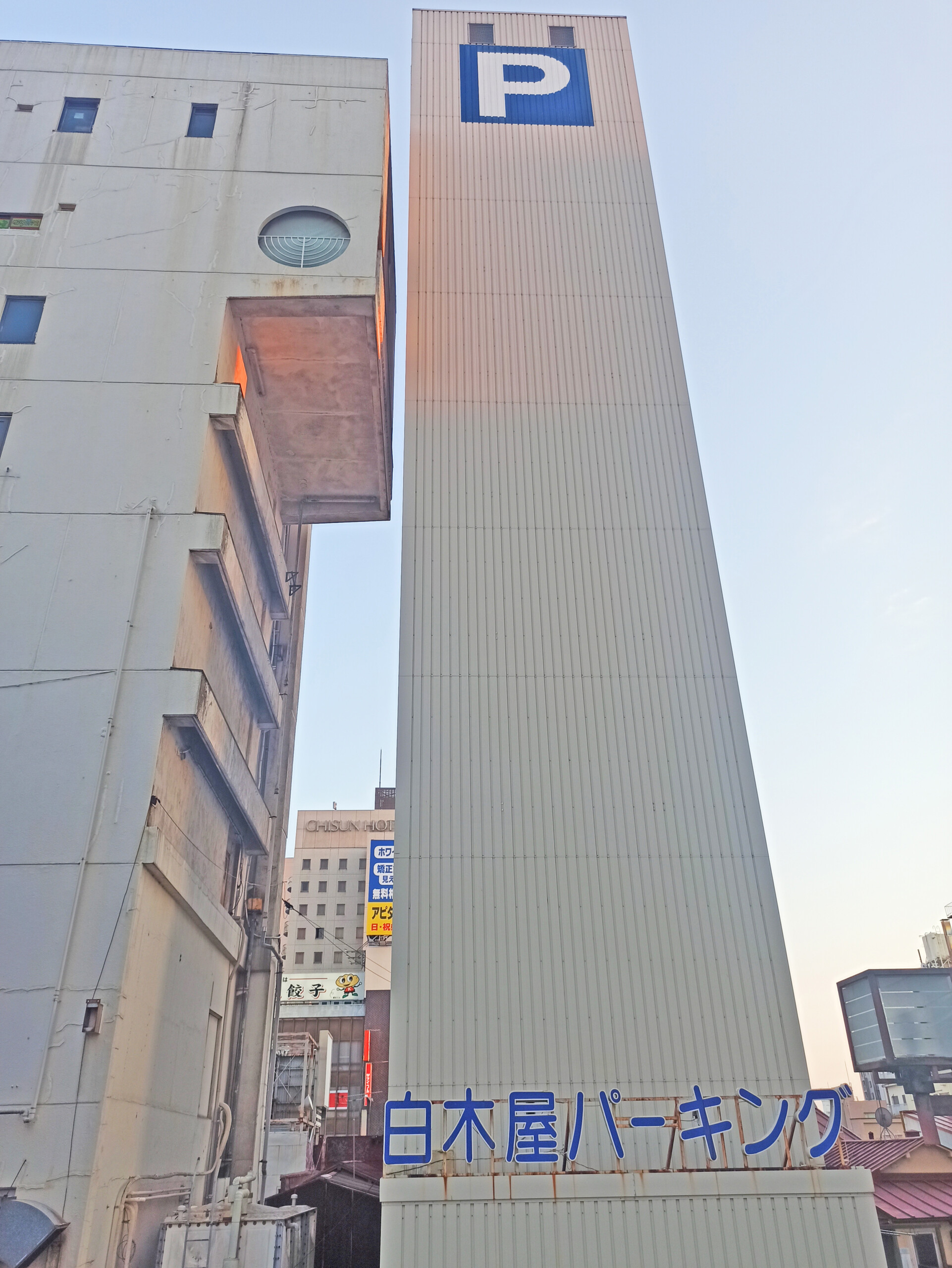
If either building were a hotel, take a wild guess as to which room they’d give me.
I had a great time exploring Tohoku (and Utsunomiya) with the JR East Pass (Tohoku Area). In fact, I’m already planning a return for autumn next year; I bet the fall foliage makes the scenery that much more alluring.
If you have any questions about the pass, and/or Japan travel, just ask!

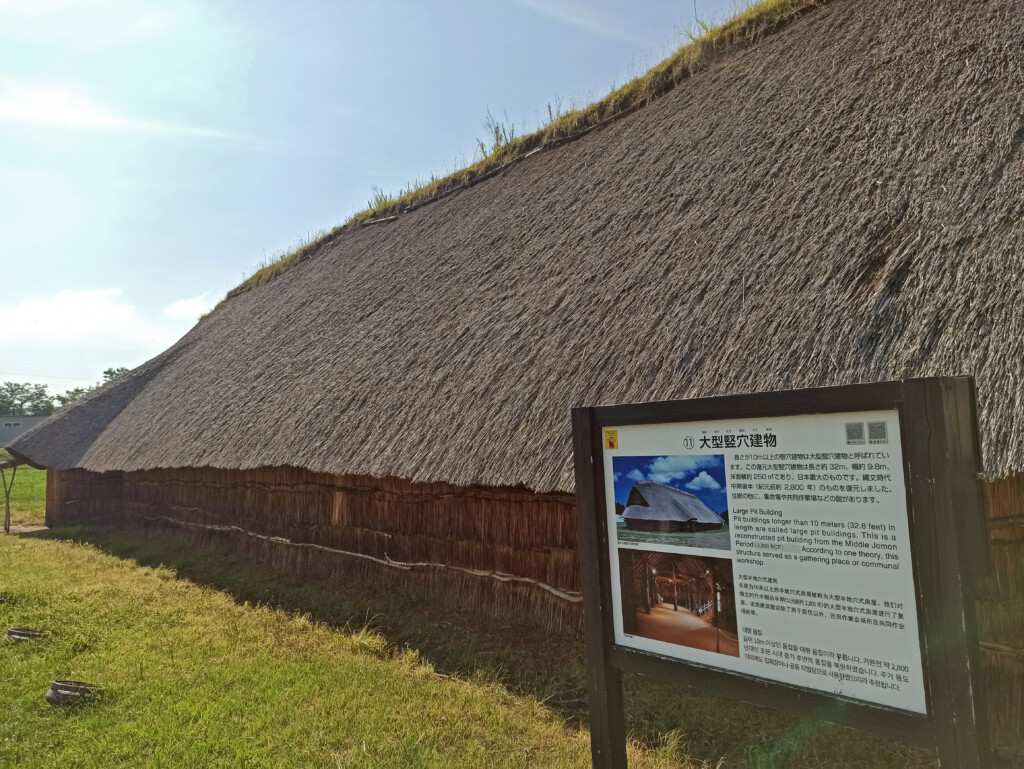
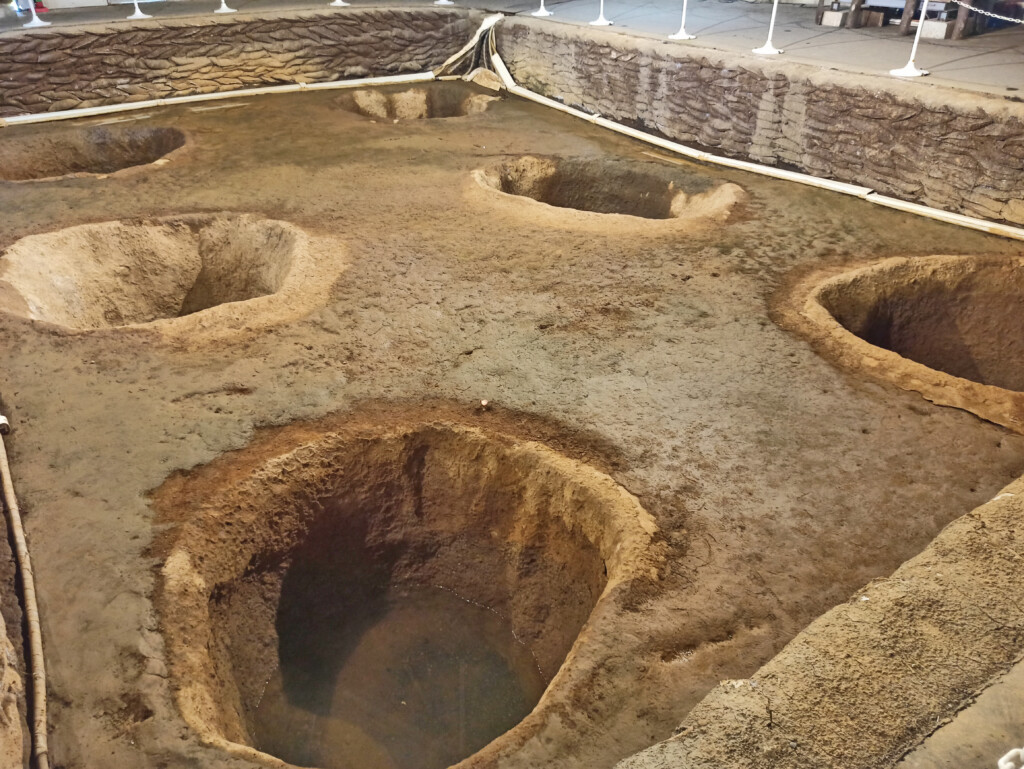

Note to anyone interested in getting a JR pass: do yourself a favor and compare the cost individual tickets to that of the pass. All travel blogs are recommending getting the pass but see if it really makes sense for you. In my case it didn’t.
Hi Franco,
I appreciate your comment. However, this isn’t THE JR Rail Pass, it’s a regional version.
The cost of this pass would already be less than a roundtrip between Tokyo and Sendai on the shinkansen. Given that I had a limited amount of time to explore Tohoku, the pass represented very good value, as I boarded shinkansen and limited express trains (ones where seat reservations are required) many times.
Plus, it was nice to be able to use the ticket to hit up places that aligned with my hobbies (mostly photographing unusual buildings, and finding specific local meals), yet may not have been worth the ticket cost otherwise.
As for THE national JR pass, prices are shooting up in October. Naturally, it will absolutely be more worth it to compare prices when that happens … flights are likely cheaper, if they’re the LCCs.
If the machine is set to japanese language, the ticket printed out won’t have English
If it’s set to English, it’ll print out japanese + English on the ticket.
If you go and get the tickets from counter, it depends whether that person enabled that mode to print out English+Japanese or Japanese only- sometimes they do, occasionally they don’t
Hi Tony, I appreciate your comment.
I only bought one ticket from the machine, the Omiya to Utsunomiya one.
It’s ironic, seeing as many rail passes are for non-Japanese citizens only. Of course, there are plenty of Japanese with citizenship in other countries, but here we are.
Obviously it helps to have Japanese on it, for showing it to station staff; the station names are the only things that would have to be transliterated.